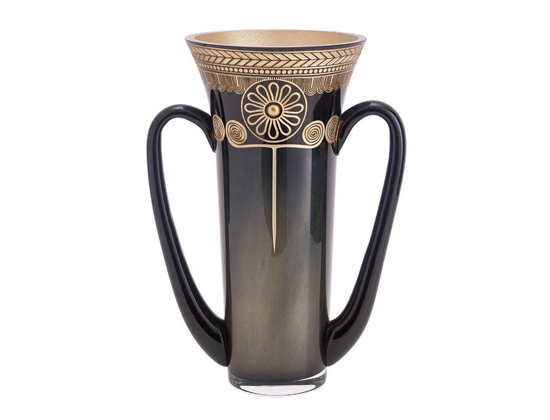
Even though the city of Troy mentioned in Homer’s Iliad was assumed to be a fictitious place, a zealous German archaeologist and adventurer Heinrich Schliemann, who believed such a place existed, decided to go after the traces laid in the epic poem. Directing his excavations to the mound found in Hisarlık, Schliemann initiated excavations and stumbled across nine archaeological layers which were dated as early as the Early Bronze Age. He eventually discovered some priceless finds and these treasures declared by Schliemann to be from Troy, are called “Priam’s Treasure”, referring to the legendary king mentioned in Iliad. Unfortunately, Troy’s five thousand years of history together with some other artifacts were plundered when Heinrich Schliemann took Priam’s Treasure out of Turkey in 1873. These exquisite finds were first donated to the Berlin Museum, but after the Second World War, they taken to Russia by the Red Army as spoils of war. Schliemann, who did not have a formal education in archeology, was severely criticized by many scholars for his hastily carried out excavations in Troy, especially his use of dynamite. To reach the treasure, Schliemann carelessly bulldozed many archaeological strata, which later proved to be an enormous annihilation from the archaeological point of view. This destruction at the site of excavation is now called the “Schliemann Trench”. Although modern scholars consider its accounts legendary, later excavations in the ancient city of Troy coincide with the events depicted in Homer’s epic poem.
The ancient city of Troy was now included in the UNESCO’s ‘World Cultural Heritage List’ since 1998. As a result of special efforts and endeavors, some artifacts from Troy were returned to the homeland to where they belong, while others are still being on displays at the Hermitage and Pushkin Museums in Russia, Pennsylvania Museum in the USA, Schmuckmuseum Pforzeim in Germany, Metropolitan Museum of Art in New York and the British Museum in the UK. Efforts are still being pursued for the return of Priam’s Treasure to Turkey which were smuggled out of the country between 1871-1890 and taken possession by illegal excavations that destroyed the historic site of Troy. Two-Handled Trojan Vase is shaped after two-handled drinking goblets unique to Troy (depas*) and is decorated with relief patterns representing the gold jewelry which were a part of the Priam’s Treasure. Two-Handled Trojan Vase is produced from handmade navy blue and black frosted bone glass and all relief patterns are decorated with gold and antiquated paints. The production of the Two-Handled Trojan Vase is limited to 2000 pieces. (*Depas: A double-handled drinking vessel, also referred to as “depas amphikypellon”, known to be Western Anatolian-origin.)
© 2020 All Rights Reserved - Yıldız Ada